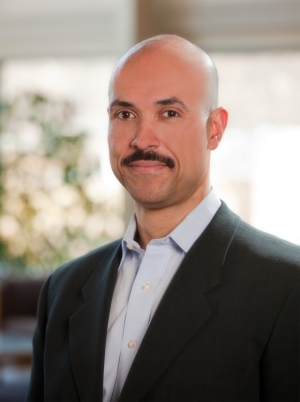From the January 2014 issue of HealthCare Business News magazine
By Anthony Jones
Big Data has been dominating the health care conversation for a while now. But how does Big Data go from all talk to action to ultimately improve patient care? Physicians have always had access to patient information: X-rays, scans, vital signs, etc. There is no shortage of data, but still so many gaps exist in what doctors really know about their patients.
Imagine going to the movies and instead of seeing the entire film, you only see a few snapshots of the story projected on the screen. Those still pictures cannot fully capture the entire story – there’s no plot, no characterization, no drama.
This is how doctors today are working with patient information. They’re given snapshots of the patient’s status — blood pressure, respiratory rates, test results, etc. — and from that have to gauge the patient’s medical “story.”
Consider monitoring heart rates. Readings are recorded and saved at predetermined increments. If these readings were to be charted as points on a graph, they might show smooth, steady levels. But in between those readings, there could be moment-tomoment fluctuations that go unnoticed; crucial changes that are never documented. What happens to a patient’s physiology when one drug is introduced? What happens when it’s taken away? What are the responses that a critically ill patient presents? Essentially, a patient may have reacted to a treatment a certain way during those intervals, but we have no way of measuring that reaction because this real-time data is not stored or analyzed.
If we could incorporate this second-by second information onto the same graph, we would see a much fuller picture and likely come up with a very different definition of what is “normal” for that patient.
By capturing the real-time, granular data in between the “snapshots” of historical data, clinical decision-making can play more heavily in the realm of predictive analytics. It’s hardly a new concept. Retailers compile huge volumes of data to make predictions on what customers will buy and how much they will spend. Television networks dedicate hefty amounts of money to studying people’s viewing habits so they can tailor their lineups to best capture their audience’s attention.
In health care new technologies are improving our ability to capture more of this real-time information and apply complex algorithms to make sense of this data for doctors. Technologies like early warning scoring systems capture minor fluctuations in multiple vital signs to determine whether or not a patient’s health will deteriorate. The system can alert clinicians well in advance of an eminent medical escalation, drastically improving the level of care and outcomes for the patients.
